Home>Articles>How Much Will A Bad Seal On Door Affect Kegerator
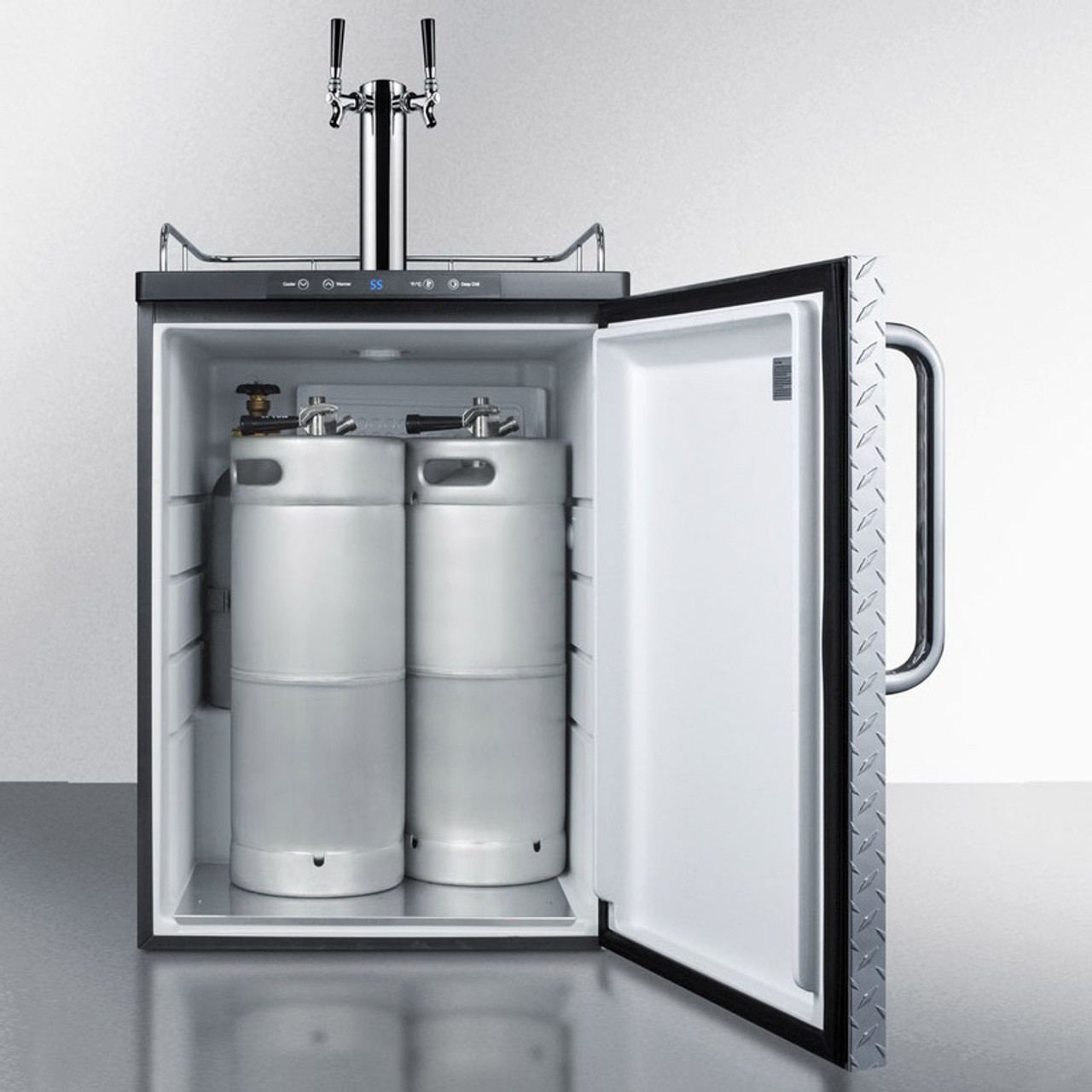

Articles
How Much Will A Bad Seal On Door Affect Kegerator
Modified: August 30, 2024
Discover how a bad seal on your kegerator door can affect your beer's quality and learn effective solutions to fix it. Read more articles on kegerator maintenance and troubleshooting.
(Many of the links in this article redirect to a specific reviewed product. Your purchase of these products through affiliate links helps to generate commission for Storables.com, at no extra cost. Learn more)
Introduction
Welcome to the world of kegerators, where beer lovers can enjoy draft beer from the comfort of their own homes. A kegerator is a specialized refrigerator designed to store and dispense beer kegs. It offers the convenience of having fresh, cold beer on tap anytime you want it. However, one crucial component that often goes unnoticed is the seal on the kegerator door.
The seal on a kegerator door plays a vital role in maintaining the quality and performance of the appliance. A good seal ensures that the temperature inside the kegerator remains consistent, preventing cold air from escaping and warm air from entering. But what happens when the seal on the door is compromised? How much will a bad seal on the door affect the kegerator’s performance and your overall beer-drinking experience?
In this article, we will explore the importance of a good seal on a kegerator door and the consequences of having a bad seal. We will also discuss the signs to look out for and the solutions available to address this issue.
Key Takeaways:
- A bad seal on a kegerator door can lead to temperature fluctuations, increased energy consumption, and shorter keg lifespans, impacting the overall beer-drinking experience and appliance efficiency.
- Regularly inspecting, cleaning, and replacing kegerator door seals is crucial for maintaining optimal beer quality, temperature control, and energy efficiency, ensuring a refreshing and satisfying beer-drinking experience.
What is a kegerator?
A kegerator is a specialized refrigeration appliance that is designed to store and dispense beer kegs. It is a popular choice among beer enthusiasts and homebrewers as it provides the convenience of having draft beer on tap at home, without the need for individual cans or bottles.
At its core, a kegerator is essentially a refrigerator that is modified to accommodate a keg of beer. It typically consists of a refrigeration unit, a draft tower, a CO2 gas tank, and a beer faucet. The refrigeration unit is responsible for maintaining the keg at the optimal temperature, ensuring that the beer is cold and refreshing.
The draft tower, which is mounted on top of the kegerator, houses the beer faucet and the necessary tubing for dispensing the beer. The CO2 gas tank supplies the necessary pressure to push the beer from the keg through the tubing and out of the faucet.
Kegerators come in various sizes and configurations, depending on the number of kegs they can accommodate and their additional features. Some kegerators are designed to hold multiple kegs simultaneously, allowing users to have a selection of beers to choose from.
In addition to their practicality, kegerators also offer a cost-effective solution for enjoying draft beer. By purchasing beer in kegs, which often come in larger volumes than individual cans or bottles, you can save money in the long run, especially if you are a frequent beer drinker or enjoy hosting gatherings.
Overall, a kegerator is the perfect addition to any beer lover’s home. It transforms the way beer is enjoyed, providing a unique and authentic draft beer experience without the hassle of going to a bar or purchasing individual beer containers.
Importance of a good seal on a kegerator door
A good seal on the door of a kegerator is essential for maintaining the quality and performance of the appliance. It ensures that the cold air remains inside the kegerator, while preventing warm air from entering. Here are a few key reasons why a good seal is crucial:
- Temperature control: The primary function of a kegerator is to keep the beer cold. A good seal on the door helps maintain a consistent temperature inside the kegerator, preventing temperature fluctuations that can negatively impact the quality and taste of the beer. With a proper seal, you can be confident that your beer will be served at the perfect temperature.
- Energy efficiency: A bad seal on the kegerator door can lead to energy wastage. When warm air seeps into the kegerator, the refrigeration unit has to work harder to maintain the desired temperature. This increased energy consumption not only contributes to higher electricity bills but also puts unnecessary strain on the compressor, potentially shortening its lifespan.
- Freshness and carbonation: Beer can be sensitive to fluctuations in temperature and exposure to oxygen. A good seal on the kegerator door helps to preserve the freshness and carbonation of the beer. It prevents oxygen from entering the kegerator and ensures that the desired level of carbonation is maintained, allowing you to enjoy a perfectly carbonated and flavorful brew.
- Prolonged keg lifespan: A bad seal on the kegerator door can accelerate the deterioration of the beer inside the keg. Oxygen and warm air can cause the beer to oxidize and go flat more quickly, limiting the shelf life of the keg. With a good seal, you can maximize the lifespan of the keg and minimize waste.
- Efficient operation: A kegerator with a good seal can operate more efficiently. The refrigeration unit will have better temperature regulation and can achieve optimal cooling without excessive energy consumption. This efficiency translates to a better overall performance of the kegerator, ensuring that your beer is always served at its best.
In summary, a good seal on the door of a kegerator is crucial for temperature control, energy efficiency, freshness of the beer, prolonged keg lifespan, and efficient operation of the appliance. It is a small yet significant component that can greatly impact your overall beer-drinking experience.
Signs of a bad seal on a kegerator door
Identifying the signs of a bad seal on a kegerator door is important to address the issue promptly and prevent further complications. Here are some common signs that indicate a problem with the seal:
- Visible gaps: One of the most obvious signs of a bad seal is visible gaps around the edges of the kegerator door. If you can see daylight or feel a draft when the door is closed, it is a clear indication of a compromised seal. Take a close look at the seal and check for any cracks, tears, or deformations that may be causing the gaps.
- Increased condensation: Excessive condensation on the inside of the kegerator or moisture buildup around the door seal can be indicative of a faulty seal. When warm air enters the kegerator, it can lead to condensation on the keg and the walls of the appliance. If you notice a significant increase in condensation, it may be time to inspect and address the seal.
- Temperature fluctuations: A bad seal on the kegerator door can result in temperature fluctuations inside the appliance. If you find that the beer is not consistently chilled or if the temperature inside the kegerator fluctuates significantly, it could be a sign that the seal is not effectively sealing the cold air in and the warm air out.
- Excessive energy consumption: Pay attention to your energy bills. If you notice a sudden and unexplained increase in energy consumption, it may be due to a bad seal on the kegerator door. The refrigeration unit will have to work harder to maintain the desired temperature, resulting in higher energy usage.
- Faint or unusual odors: A compromised seal on the kegerator door can allow external odors to enter the appliance. If you notice any strange or unpleasant smells coming from inside the kegerator, it could indicate that the seal is not effectively keeping outside air from entering the unit.
- Difficulty in closing or opening the door: If you find that the kegerator door is difficult to close or open smoothly, it could be a sign of a faulty seal. An improperly aligned or damaged seal can cause resistance and make it challenging to properly seal the door shut.
If you notice any of these signs, it is important to inspect and address the seal on the kegerator door to ensure optimal performance and prevent further issues.
How a bad seal affects a kegerator
A bad seal on the door of a kegerator can have several negative effects on the performance and functionality of the appliance. Here are some ways in which a bad seal can impact a kegerator:
- Temperature fluctuations: A compromised seal on the kegerator door can lead to temperature fluctuations inside the appliance. Warm air from the surrounding environment can seep in, causing the temperature to rise and potentially affect the quality and taste of the beer. Fluctuating temperatures can also lead to inconsistent carbonation levels and a subpar beer-drinking experience.
- Increased energy consumption: When a kegerator door has a bad seal, the refrigeration unit has to work harder to maintain the desired temperature. This increased workload leads to higher energy consumption and can result in higher electricity bills over time. The compressor may also experience additional strain, which can shorten its lifespan and potentially require costly repairs or replacements.
- Shorter keg lifespan: A bad seal allows warm air and potentially harmful contaminants to enter the kegerator. This can lead to accelerated spoilage of the beer inside the keg, reducing its lifespan. Oxidation and exposure to oxygen can cause the beer to go flat and lose its freshness more quickly, resulting in wasted beer and the need for more frequent keg replacements.
- Difficulty in maintaining carbonation levels: Carbonation is a crucial aspect of enjoying draft beer. A bad seal on the kegerator door can lead to inconsistent carbonation levels, as the carbon dioxide (CO2) gas can escape through gaps in the seal. This can result in flat or overcarbonated beer, diminishing the overall quality and enjoyment of the brew.
- Contamination and off-flavors: A compromised seal not only allows air to enter the kegerator but also enables odors, pollutants, and contaminants to infiltrate the appliance. This can result in off-flavors and unpleasant aromas in the beer, affecting the overall taste and experience. Proper sealing helps to maintain a sanitary environment and preserve the integrity of the beer.
It is clear that a bad seal on the kegerator door can have significant implications for the performance, energy efficiency, and longevity of the appliance. It can lead to temperature fluctuations, increased energy consumption, a shorter keg lifespan, difficulties in maintaining carbonation levels, and potential contamination issues. Therefore, it is crucial to address a bad seal promptly to ensure the optimal functioning and longevity of your kegerator.
Read more: How To Seal A Shed Door
Temperature fluctuations
One of the main consequences of a bad seal on the door of a kegerator is temperature fluctuations. When the seal is compromised, warm air from the surrounding environment can enter the appliance, causing the temperature inside to fluctuate. This can have several negative effects on the kegerator and the beer it holds.
Consistency in temperature is crucial for preserving the quality and taste of draft beer. A kegerator is designed to keep the beer at a specific temperature range, typically between 36 to 40 degrees Fahrenheit (2 to 4 degrees Celsius) for most styles of beer. Temperature fluctuations can disrupt this ideal range and lead to various issues:
- Flavor alteration: Beer is a delicate beverage, and its flavor profile can be greatly affected by temperature fluctuations. When the temperature rises above the desired range, it can cause the beer to become overly warm, resulting in a loss of freshness and undesirable flavors. On the other hand, if the temperature drops too low, it can lead to the beer becoming excessively cold, numbing the flavor and diminishing its complexity.
- Carbonation inconsistency: Maintaining the right carbonation level is crucial for enjoying draft beer. Temperature fluctuations can disrupt the carbonation process, as changes in temperature can cause the carbon dioxide (CO2) gas to dissolve or escape from the beer at different rates. Inconsistent carbonation can result in flat or overcarbonated beer, affecting the texture and mouthfeel.
- Beer quality deterioration: Fluctuating temperatures can accelerate the aging process of the beer and cause it to deteriorate more quickly. The heat from temperature spikes can lead to increased oxidation, leading to stale or oxidized flavors. Additionally, temperature fluctuations can promote the growth of bacteria or yeast, resulting in off-flavors and potential spoilage.
- Difficulty in maintaining serving temperature: Temperature fluctuations can make it challenging to consistently serve the beer at the desired temperature. Cold spots or warm spots within the kegerator can affect the pour, resulting in inconsistencies in the temperature of the served beer. This can be frustrating for beer enthusiasts who want a consistently enjoyable drinking experience.
- Shorter shelf life: Beer stored in a kegerator with temperature fluctuations may have a reduced shelf life. The beer may become more susceptible to spoilage due to the changes in temperature, resulting in a shorter timeframe for consumption and potential waste.
To mitigate temperature fluctuations, it is essential to address any issues with the seal on the kegerator door promptly. Regularly inspecting and maintaining a good seal will help ensure that the temperature inside the kegerator remains stable, preserving the quality, flavor, and carbonation of the beer. Additionally, monitoring the temperature using a thermometer inside the kegerator can help identify any temperature fluctuations and facilitate necessary adjustments to maintain optimal conditions for the beer.
Increased energy consumption
A bad seal on the door of a kegerator can lead to increased energy consumption. When the seal is compromised, warm air from the surrounding environment can enter the appliance, causing the refrigeration unit to work harder to maintain the desired temperature. This increased workload not only affects the performance of the kegerator but also leads to higher energy consumption.
Here are some key ways in which a bad seal on a kegerator door contributes to increased energy consumption:
- Constant cooling: When warm air leaks into the kegerator, the refrigeration unit needs to constantly cool the air to maintain the desired temperature. This continuous cooling cycle can put a strain on the compressor, resulting in increased energy usage.
- Longer cooling cycles: With a compromised seal, the refrigeration unit may need to run for longer periods to compensate for the warm air entering the kegerator. Longer cooling cycles not only consume more energy but also increase wear and tear on the compressor and other components of the kegerator, potentially shortening their lifespan.
- Frequent temperature adjustments: A bad seal can lead to temperature fluctuations inside the kegerator, requiring frequent adjustments to maintain the desired temperature. Each time the temperature needs to be adjusted, the refrigeration unit has to work harder, consuming more energy in the process.
- Inefficient cooling: When warm air enters the kegerator, it creates an imbalance in the internal temperature, making it harder for the refrigeration unit to cool the contents effectively. The increased workload on the refrigeration unit leads to inefficient cooling, resulting in higher energy consumption.
- Extra strain on components: The continuous operation of the refrigeration unit due to a bad seal places additional strain on the compressor, condenser, and other components. This can lead to premature wear and potential breakdowns, further increasing energy consumption and potentially requiring costly repairs or replacements.
To minimize the energy consumption of a kegerator, maintaining a good seal on the door is crucial. Regularly inspecting and replacing damaged or worn seals can help improve the efficiency of the appliance and reduce unnecessary energy usage. Additionally, ensuring the kegerator is properly insulated and located in a cool area can also contribute to energy savings. By addressing a bad seal, you not only reduce energy consumption but also extend the lifespan of your kegerator while optimizing its performance.
A bad seal on a kegerator door can significantly affect its performance by causing temperature fluctuations and increasing energy consumption. To ensure optimal performance, regularly check and replace the door seal if necessary.
Shorter keg lifespan
A bad seal on the door of a kegerator can result in a shorter lifespan for the keg of beer being stored inside. When the seal is compromised, external factors such as warm air, oxygen, and contaminants can enter the kegerator, accelerating the process of beer deterioration and spoilage. This can have a negative impact on the overall quality and longevity of the keg.
Here are a few ways in which a bad seal can contribute to a shorter keg lifespan:
- Oxidation: When oxygen enters the kegerator through a compromised seal, it can cause oxidation of the beer. Oxidation leads to negative flavor changes, such as a stale or cardboard-like taste. The sooner the beer oxidizes, the shorter the lifespan of the keg will be.
- Carbonation loss: A bad seal can result in the escape of carbon dioxide (CO2) from the keg. Carbonation is crucial for maintaining the desired level of fizziness and mouthfeel in beer. When carbonation is lost due to a compromised seal, the keg may become flat and less enjoyable to drink.
- Staling: When warm air from the surrounding environment enters the kegerator, it can accelerate the staling process of the beer. Staling refers to the gradual breakdown of compounds in beer, resulting in off-flavors and a diminished taste experience. With a bad seal, the staling process may be expedited, leading to a shorter keg lifespan.
- Contamination: A compromised seal can allow contaminants, such as bacteria or other microorganisms, to infiltrate the kegerator and come into contact with the beer. Contamination can lead to off-flavors, spoilage, and potential health risks. The presence of contaminants can reduce the shelf life of the keg and require prompt disposal.
- Poor quality maintenance: A bad seal may cause difficulties in consistently maintaining the optimal temperature and conditions for beer storage. Fluctuating temperatures or exposure to external factors can impact the quality and stability of the beer. This poor quality maintenance can result in a shorter lifespan for the keg, as the beer may deteriorate more rapidly.
To mitigate the impact of a bad seal on the keg lifespan, it is crucial to address the seal issue promptly. Regularly inspecting and replacing worn or damaged seals, as well as ensuring proper insulation and temperature control, can help to extend the lifespan of the keg. Additionally, storing the kegerator in a cool and clean environment further reduces the risks of contamination and premature spoilage. By maintaining a good seal and implementing proper storage practices, you can maximize the lifespan of your keg and enjoy fresh, quality beer for a longer period.
Difficulty in maintaining carbonation levels
A bad seal on the door of a kegerator can make it challenging to maintain consistent carbonation levels in the beer. Carbonation plays a crucial role in the overall drinking experience, as it contributes to the mouthfeel, aroma, and flavor of the beer. When the seal is compromised, it can lead to difficulties in preserving the desired level of carbonation throughout the keg.
Here are a few reasons why a bad seal can affect the carbonation levels in a kegerator:
- CO2 leakage: A compromised seal can result in the escape of carbon dioxide (CO2) gas from the kegerator. CO2 is responsible for carbonating the beer, creating bubbles, and giving it a refreshing effervescence. When CO2 leaks out due to a bad seal, the carbonation levels in the beer can decline, leading to a flat or undercarbonated brew.
- Ambient air infiltration: A bad seal on the kegerator door can allow ambient air to enter the kegerator, introducing unwanted oxygen. Oxygen can interact with the beer and cause a loss of carbonation. It can also lead to oxidation, resulting in off-flavors and diminished carbonation quality.
- Temperature fluctuations: Fluctuating temperatures caused by a bad seal can affect CO2 solubility in the beer. When temperatures rise, the solubility of CO2 decreases, leading to more gas escaping and lower carbonation levels. Conversely, when temperatures drop, CO2 becomes more soluble, resulting in excessive carbonation.
- Uneven pressure distribution: A compromised seal can cause uneven pressure distribution within the kegerator. Inconsistent pressure can impact the carbonation levels, leading to variations in the bubbles and overall carbonation quality of the beer. This can result in an inconsistent drinking experience.
- Difficulty in carbonation adjustments: With a bad seal, maintaining and adjusting carbonation levels can become challenging. The escape of CO2 and the ingress of ambient air can make it difficult to achieve and maintain the desired carbonation levels for different styles of beer. This can affect the authenticity and enjoyment of the brew.
To mitigate the difficulties in maintaining carbonation levels, it is crucial to address any issues with the seal on the kegerator door promptly. Regularly inspecting and replacing worn or damaged seals, as well as ensuring proper insulation and temperature control, can help preserve carbonation. Additionally, using a carbonation chart or regulator to monitor and adjust the CO2 levels in the kegerator can help maintain consistent carbonation for optimal beer enjoyment. By maintaining a good seal and implementing proper carbonation practices, you can ensure that your beer is always served with the perfect level of effervescence and mouthfeel.
Read more: How To Seal A Storm Door
Solutions for a bad seal on a kegerator door
If you have identified a bad seal on the door of your kegerator, it’s crucial to address the issue promptly to maintain optimal performance and beer quality. Here are a few solutions to consider for fixing a bad seal:
- Inspect and clean the seal: Start by inspecting the seal for any visible damage, such as cracks, tears, or deformities. If there are no major issues, clean the seal thoroughly using a mild detergent or soapy water. Remove any dirt, debris, or buildup that may be affecting the seal’s effectiveness. Additionally, ensure that the door and the surrounding area are clean and free from any obstacles that may prevent a proper seal.
- Replace the seal: If the seal is severely damaged or cleaning doesn’t improve its effectiveness, it may be necessary to replace it. Contact the manufacturer or supplier of your kegerator to obtain a replacement seal specifically designed for your model. Follow the provided instructions to remove the old seal and install the new one properly. Make sure it fits tightly and forms a complete seal around the door.
- Apply lubrication: In some cases, a dry or sticky seal may affect its ability to form a proper seal. Applying a thin layer of food-grade silicone lubricant or similar lubricating products can help improve the seal’s flexibility and enhance its functionality. Be sure to use lubricants that are safe for food contact, and follow the product instructions for application.
- Add additional insulation: If the existing insulation on the kegerator door is inadequate, consider adding additional insulation to improve the seal. You can use weatherstripping or foam tape designed for refrigerators or freezers. Apply it along the edges of the door to create a tighter seal and prevent air leakage. Be cautious not to obstruct the closing mechanism of the door while applying the additional insulation.
- Check alignment and adjust door hinges: A misaligned door can result in an ineffective seal. Ensure that the door is properly aligned with the frame of the kegerator. If necessary, adjust the hinges to achieve a better fit. Refer to the kegerator’s user manual or contact the manufacturer for guidance on adjusting the door hinges.
- Consider professional assistance: If you encounter difficulty in resolving the seal issue on your own, or if the kegerator is under warranty, it may be best to seek professional assistance. Contact the manufacturer or a qualified technician who specializes in kegerator repairs to assess and fix the seal problem.
Addressing a bad seal on the kegerator door is essential to maintain optimal beer quality, temperature control, and energy efficiency. By following these solutions, you can ensure a proper seal and enjoy the full benefits of your kegerator for a refreshing and satisfying beer-drinking experience.
Replacing the door seal
If you have identified that the door seal on your kegerator is faulty or damaged, replacing it is an effective solution to ensure a proper seal and maintain optimal performance. Here are the steps to follow when replacing the door seal:
- Obtain a replacement seal: Contact the manufacturer or supplier of your kegerator to get a replacement seal that is compatible with your specific model. Provide them with the necessary information, such as the kegerator’s make and model number, to ensure you receive the correct seal.
- Prepare the kegerator: Before starting the replacement process, make sure to unplug the kegerator from the power source and remove all kegs and other contents from inside. This will provide a safe and clear working space.
- Remove the old seal: Carefully examine the existing seal and locate the fasteners or clips holding it in place. Depending on the manufacturer, these fasteners may be screws, clips, or adhesive strips. Use the appropriate tools, such as a screwdriver or pliers, to remove the fasteners and detach the old seal from the kegerator door. Take note of how the old seal is installed, as this will guide you during the installation of the new seal.
- Clean the door and surrounding area: Thoroughly clean the door and the area where the new seal will be installed. Remove any dirt, debris, or residue left behind from the old seal. Use a mild detergent or soapy water to clean the surfaces, and ensure they are completely dry before proceeding.
- Install the new seal: Take the new seal and position it along the edges of the kegerator door. Ensure that it lines up properly and fits snugly. Refer to the manufacturer’s instructions for specific guidance on installation. Depending on the type of seal, you may need to attach it using screws, clips, or adhesive strips. Follow the instructions carefully to secure the new seal in place, ensuring a tight and effective seal.
- Test the seal: After installing the new seal, close the kegerator door and inspect the seal for any gaps or inconsistencies. Gently tug on the door to check if the seal holds firm and provides resistance. If necessary, make adjustments or tighten any fasteners to ensure a proper seal.
- Reassemble and test the kegerator: Once you are satisfied with the new seal, reassemble the kegerator by plugging it back into the power source and returning the kegs and other contents inside. Allow the kegerator to cool for a sufficient amount of time before pouring and enjoying fresh, properly sealed draft beer.
Replacing the door seal on your kegerator is a relatively straightforward process that can greatly improve its overall performance and efficiency. By following these steps, you can ensure a tight and effective seal, allowing you to enjoy your beer at its best while maintaining proper temperature control and carbonation levels.
Adding additional insulation
If you notice that the seal on your kegerator door is not providing a sufficient barrier against external temperatures, adding additional insulation can help improve its effectiveness. Here are the steps to follow when adding extra insulation to your kegerator:
- Identify the areas that require insulation: Carefully examine the kegerator door to identify any gaps or areas where the seal may not be effectively keeping out warm air. These are the areas where you will focus on adding additional insulation.
- Choose suitable insulation materials: Select insulation materials that are safe for use in refrigeration settings and can withstand moisture and low temperatures. Weatherstripping or foam tape designed for refrigerators or freezers can be effective options. Ensure that the materials are durable and will not easily peel off or deteriorate over time.
- Clean the door surface: Before applying the additional insulation, clean the areas where it will be installed. Use a mild detergent or soapy water to remove any dirt, grease, or residue. Ensure that the surface is dry before proceeding.
- Measure and cut the insulation material: Measure the length and width of the areas where you will be applying the additional insulation. Using a pair of scissors or a utility knife, cut the insulation material to the appropriate size. Make sure to cut the material slightly longer than needed to account for any adjustments during installation.
- Apply the insulation: Peel off the adhesive backing from the insulation material and carefully place it along the edges of the kegerator door where the seal is compromised. Press firmly to ensure a secure bond. Repeat this step for all areas that require additional insulation. Pay attention to the corners and any gaps where air may enter.
- Smooth out any wrinkles or air bubbles: After applying the insulation material, go over it to smooth out any wrinkles or air bubbles. This will ensure a tight and even seal along the edges of the door.
- Test the new insulation: Once the additional insulation is applied, close the kegerator door and check for any gaps or areas that may still allow air to enter. Gently tug on the door to confirm that the insulation holds firm and provides resistance.
- Monitor and adjust as needed: Over time, check the additional insulation periodically to ensure that it remains intact and effective. If you notice any signs of wear or peeling, replace the insulation promptly to maintain a proper seal.
By adding additional insulation to your kegerator, you can enhance the effectiveness of the seal and improve the energy efficiency of the appliance. This extra insulation helps to minimize temperature fluctuations and prevent warm air from entering, ensuring that your beer stays fresh and properly chilled. With careful installation and regular maintenance, you can enjoy the benefits of a well-insulated kegerator for a long time to come.
Conclusion
A good seal on the door of a kegerator is crucial for maintaining optimal performance, beer quality, and energy efficiency. A properly sealed kegerator ensures that the temperature remains consistent, prevents warm air from entering, and helps to preserve the carbonation and freshness of the beer. On the other hand, a bad seal can lead to temperature fluctuations, increased energy consumption, shorter keg lifespans, and difficulties in maintaining proper carbonation levels.
If you suspect or identify a bad seal on your kegerator door, it’s important to take action. Solutions such as inspecting and cleaning the seal, replacing the seal, applying lubrication, adding additional insulation, and adjusting door hinges can help restore the effectiveness of the seal. It’s essential to address the issue promptly to avoid further complications and ensure the best beer-drinking experience.
By maintaining a good seal and implementing proper maintenance practices, you can enjoy fresh, properly chilled, and carbonated draft beer from the comfort of your own home. Regular inspections, cleaning, and replacement of seals, as well as temperature and carbonation monitoring, will help you maintain the quality and longevity of your kegerator and kegs. Additionally, proper insulation and energy-efficient practices can contribute to lower energy consumption and reduced costs over time.
Remember, a kegerator is not just a refrigerator; it’s a gateway to enjoying draft beer at its finest. With a well-sealed kegerator, you can raise your beer-drinking experience to new heights and impress your guests with perfectly poured pints. So, take care of your kegerator door seal, and cheers to many refreshing and satisfying pints of beer in the future!
Frequently Asked Questions about How Much Will A Bad Seal On Door Affect Kegerator
Was this page helpful?
At Storables.com, we guarantee accurate and reliable information. Our content, validated by Expert Board Contributors, is crafted following stringent Editorial Policies. We're committed to providing you with well-researched, expert-backed insights for all your informational needs.
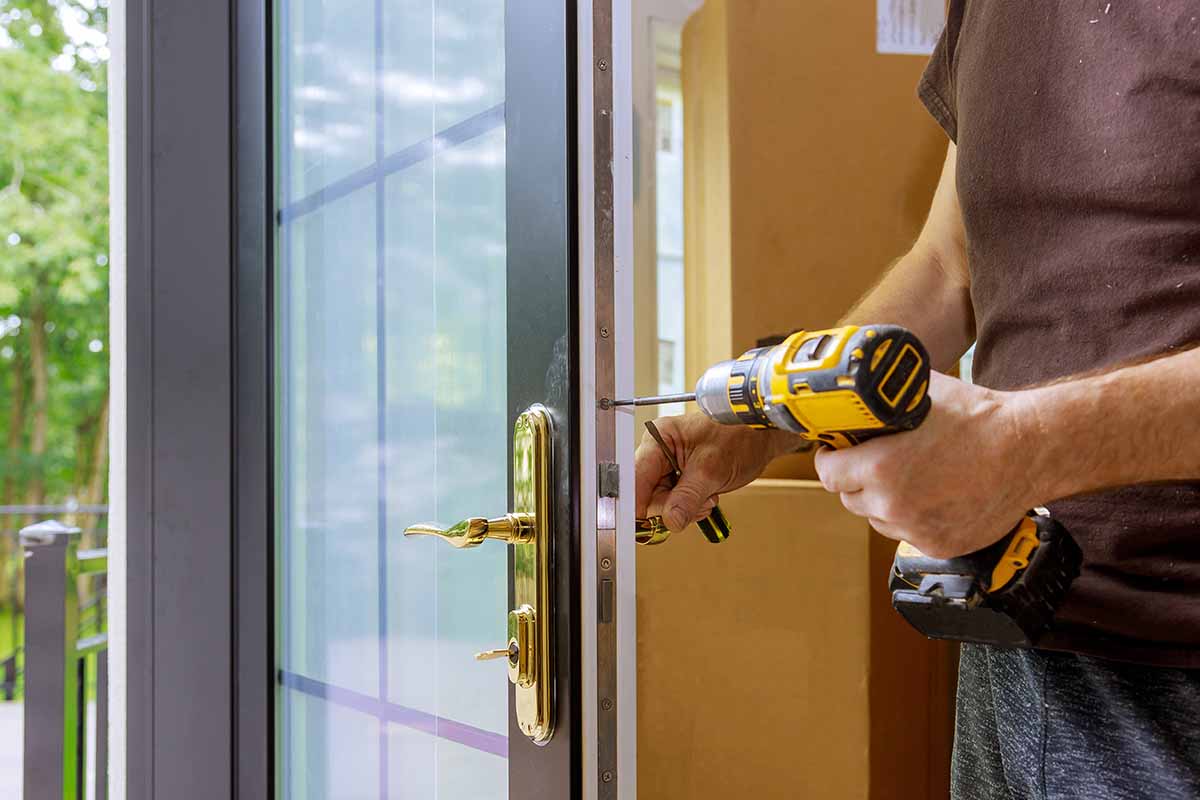
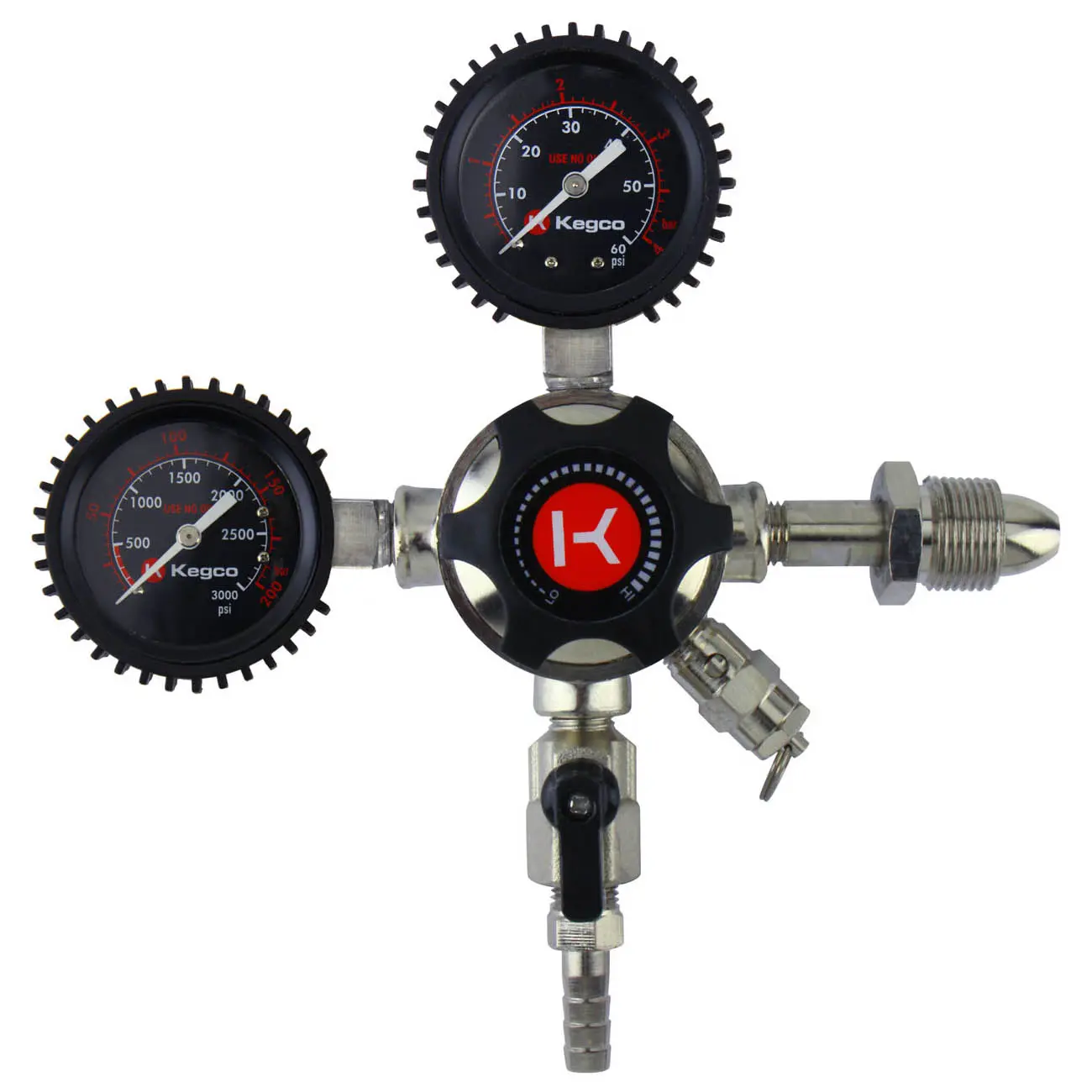
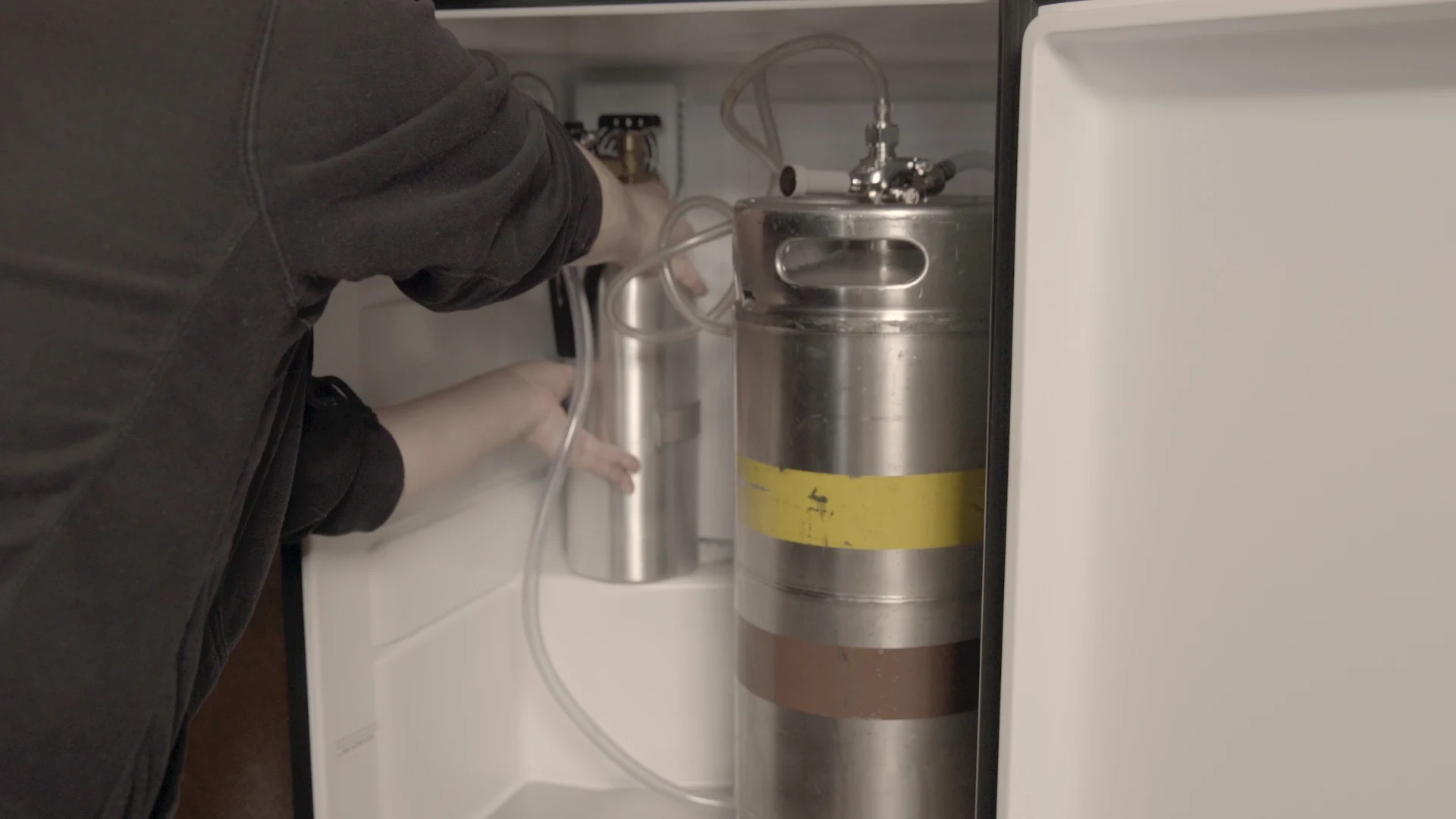

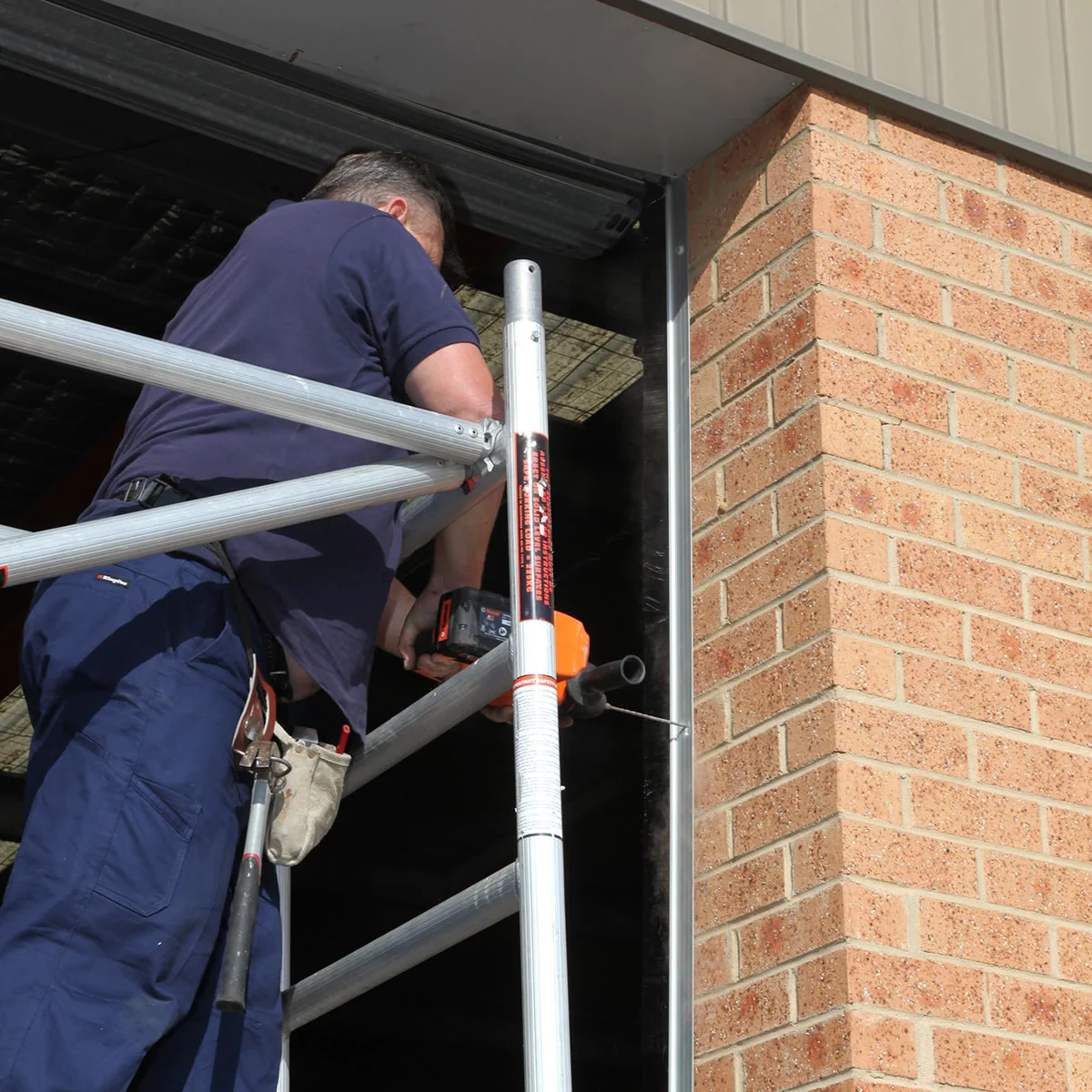

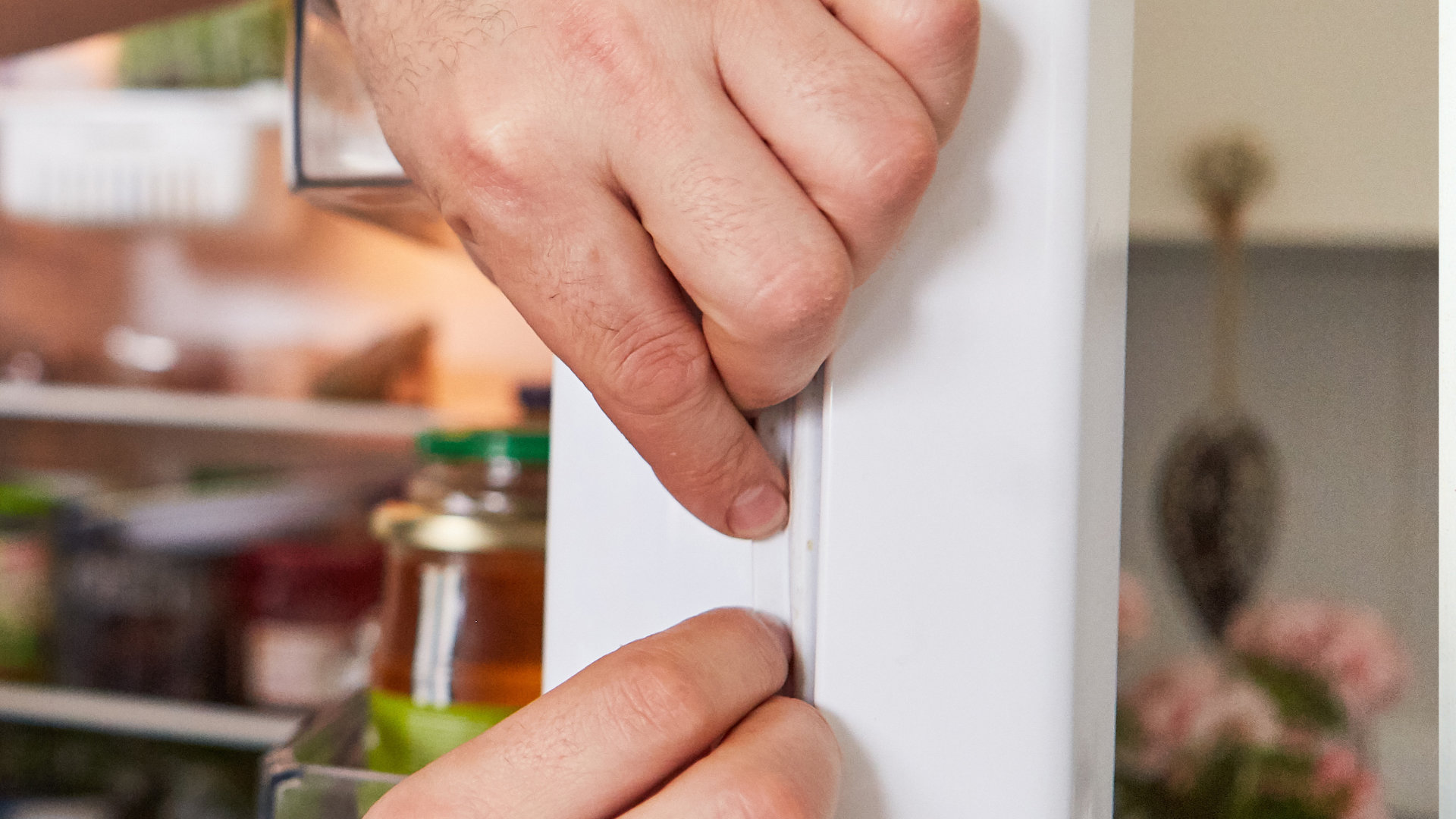

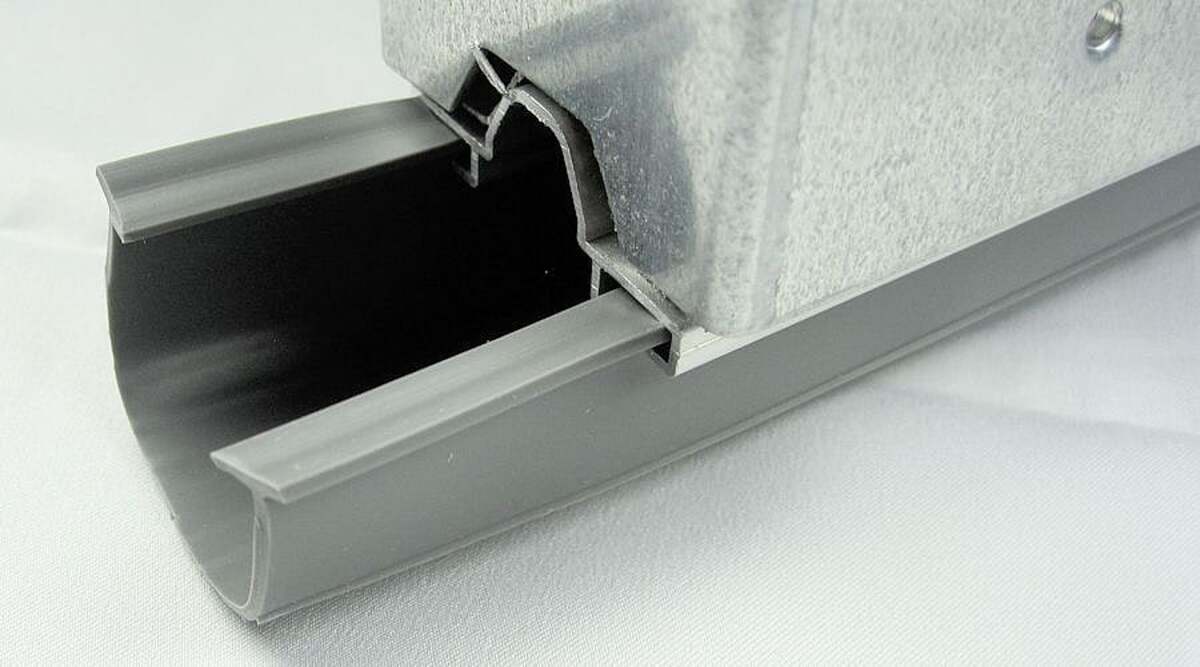

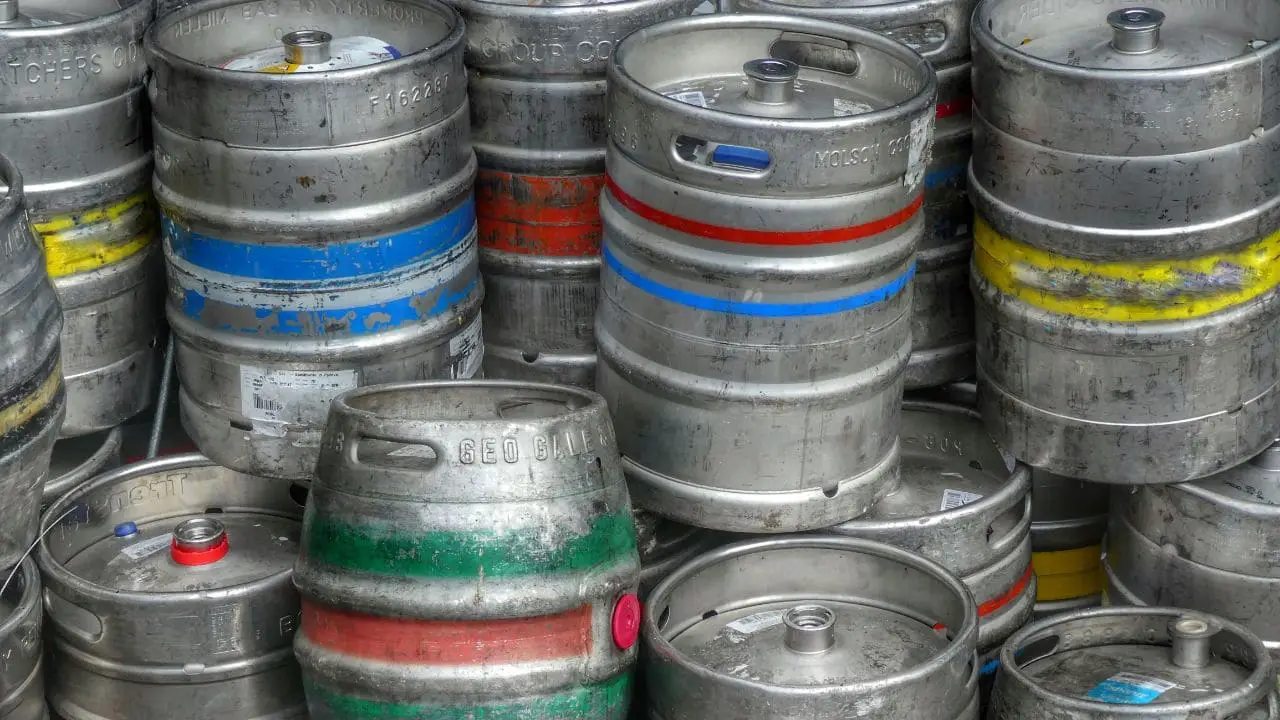
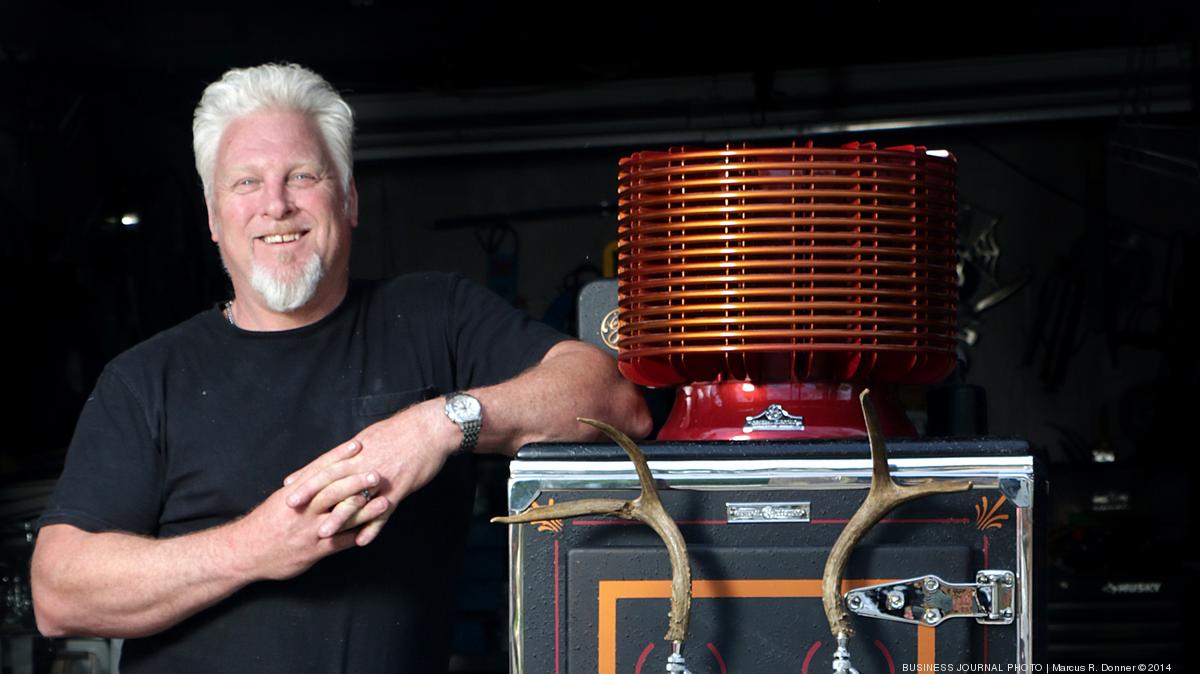
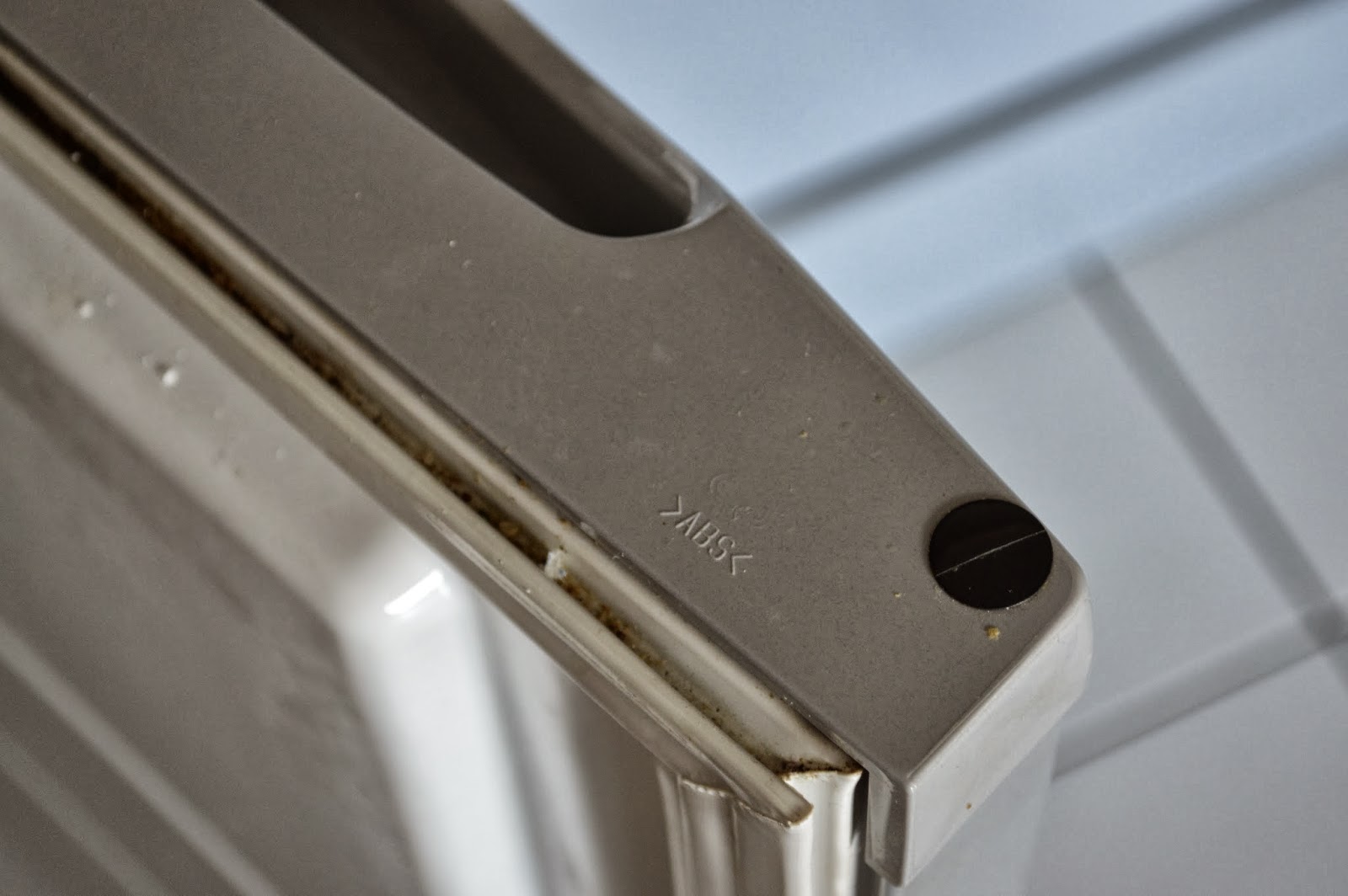

0 thoughts on “How Much Will A Bad Seal On Door Affect Kegerator”